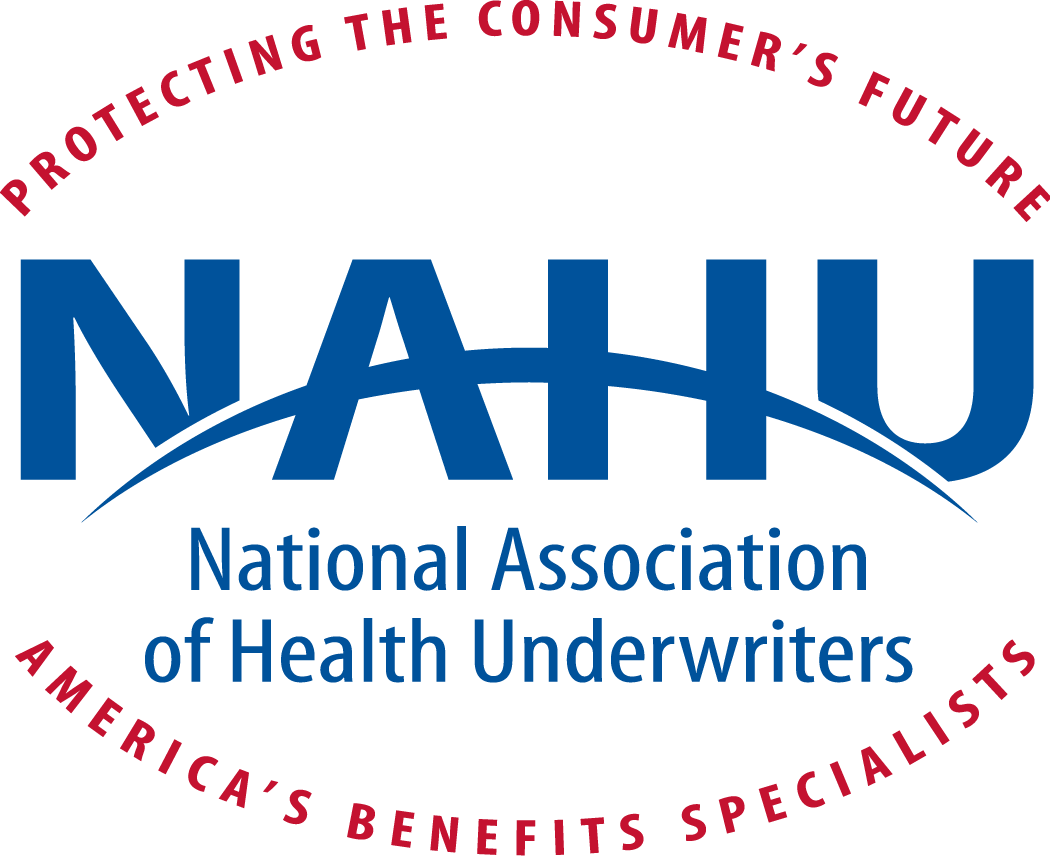|
 |
Typically, when the federal government announces that it won’t be seeking regulatory action any time soon, both brokers and employer group plan sponsors rejoice.
However, in this case, a lack of federal regulatory activity may cause headaches for companies that offer certain kinds of wellness programs and their advisors.
Two federal wellness program regulations from the Equal Employment Opportunity Commission (EEOC) are being vacated as of January 1, 2019.
The EEOC just announced that rather than replace them in October of 2018, as initially planned, new regulations will not come until the summer of 2019 at the earliest. That means many group wellness plans offered in 2019 will need to make some compliance decisions and many brokers will need to help them.
Last year, a federal judge ordered the EEOC to revise two regulations originally crafted to give employers a clear safe harbor to operate voluntary wellness programs that didn’t conflict with the Americans with Disabilities Act (ADA) or the Genetic Information Nondiscrimination Act (GINA). These rules apply to any wellness program that requires participation in a medical service and/or the provision of medical history information to get a wellness incentive.
The judge deemed the incentive limits in the rules arbitrary and asked the EEOC to act quickly to revise them. When the EEOC announced that they didn’t plan on revising the regulations until 2021, the judge issued an order vacating them on January 1, 2019.
In the order, the Judge strongly suggested that the EEOC revise both regulations and their incentive limits before the New Year, so as to not cause problems for group health plan administrators. However, they failed to act, so employers no longer have a wellness program compliance safe harbor to protect them, should a participant claim an ADA or GINA violation. Furthermore, since the court ruled that the incentive limits in the current EEOC rules lack a sound legal footing, the absence of new regulations will make it difficult for wellness plan sponsors to set the value of their program awards in 2019.
Employers offering wellness programs that are subject to the EEOC rules have a few different options for 2019, all of which have their potential pitfalls.
The most dramatic choice a company could make would be to discontinue the group wellness program until the EEOC issues new regulations. Doing so would offer a business complete legal protection, but it would deprive both the employer and the employees the benefits of a group wellness plan.
Another safe and relatively simple choice would be to amend the group wellness program criteria so that no participant has to share medical history data or obtain medical services to get a reward. Lots of group wellness plans already operate under these parameters, so there are many existing program models to follow. However, this option would require a restructuring of the employer’s existing plan, with all of the work and headaches that come along with that.
If an employer group decides to keep asking for medical history information or requiring participants to receive a medical service to get a program reward, then the group will need to make decisions about how they will structure their awards in the year ahead. Whatever choice the employer makes will include some legal risk.
One option would be to continue the 2018 program reward structure into 2019, continuing to follow the old EEOC rules regarding award amounts. These rules limited award values to no more than 30% of the total single employee premium, even if the participant enrolled in family coverage. Participating spouses incented to give a medical history could also earn an award valued up to 30% of the single premium. If the wellness program included a smoking cessation program with medical testing, then the total award value could not exceed 50% of the single employee premium.
Keeping the old reward structure might seem like an appealing choice. It would require no changes and, if challenged, the employer could claim that they were acting in good faith by continuing to follow the old rules in the absence of new ones. However, since the federal judge vacated these rules and declared this incentive formula invalid, employers who follow this path will need to be prepared to make incentive changes if someone files a complaint, and they also risk potential enforcement action for ADA and or GINA violations.
The other possibility is abandoning the EEOC rules and applying the longstanding HIPAA/ACA wellness requirements concerning award value if they are relevant. The ACA/HIPAA incentive value rules only impact health-contingent wellness programs that ask participants to meet a health goal before they get an award. Unlike the EEOC rules, the ACA/HIPAA requirements do not apply to participatory programs, and their limits apply to the overall premium a person pays for coverage, rather than the single premium rate, making it possible for reward values to be much higher for participants with family coverage.
Employers that elect this course of action also would be operating in good faith, but since there is no longer a legal safe harbor, their program could be subject to a legal challenge about potential violations of the ADA and/GINA. The group health plans that follow this path will also have to be prepared to make program incentive changes at some point, assuming that the EEOC will eventually adopt revised requirements.
No matter what choice an employer makes, they should make sure their ERISA plan documents reflect any changes they make to their group wellness plan and stay alert to any new regulatory action by the EEOC during 2019.
Photo by lightwise
